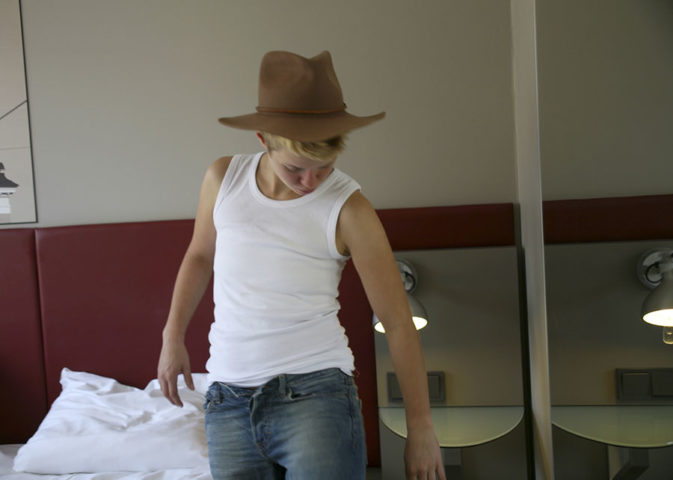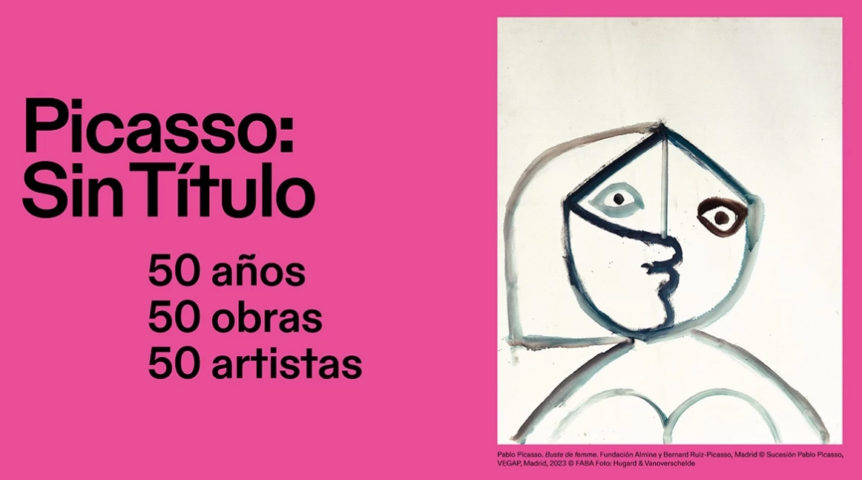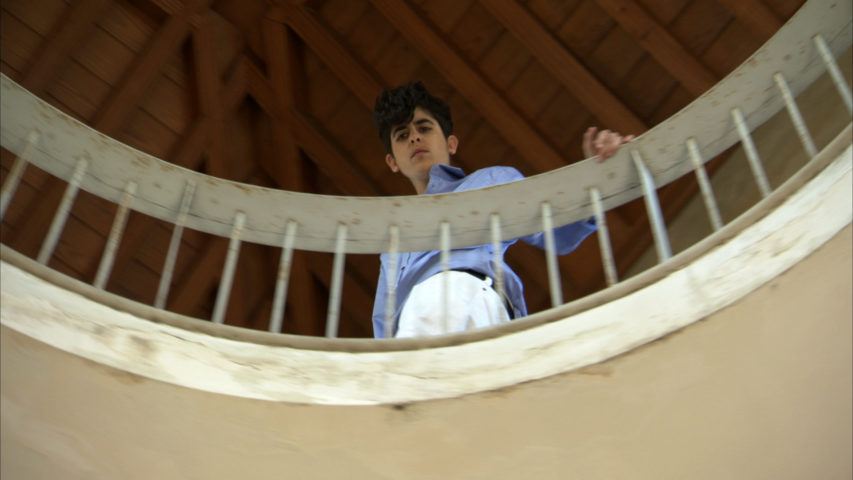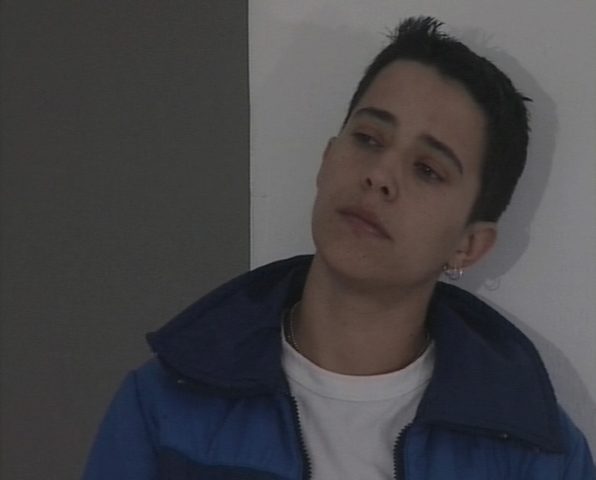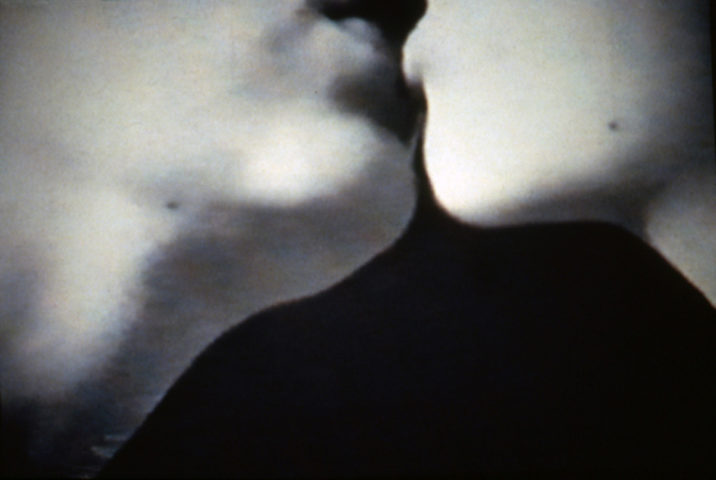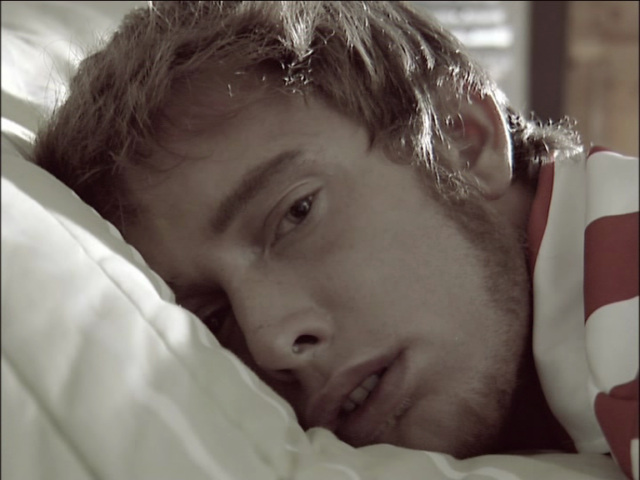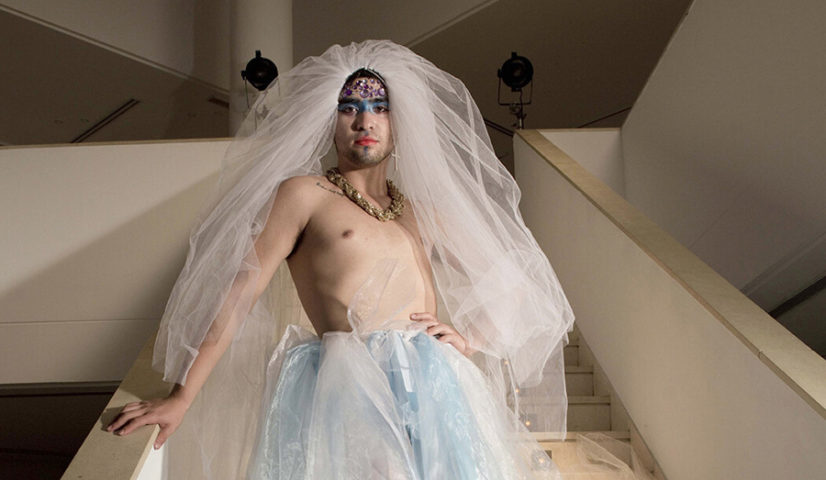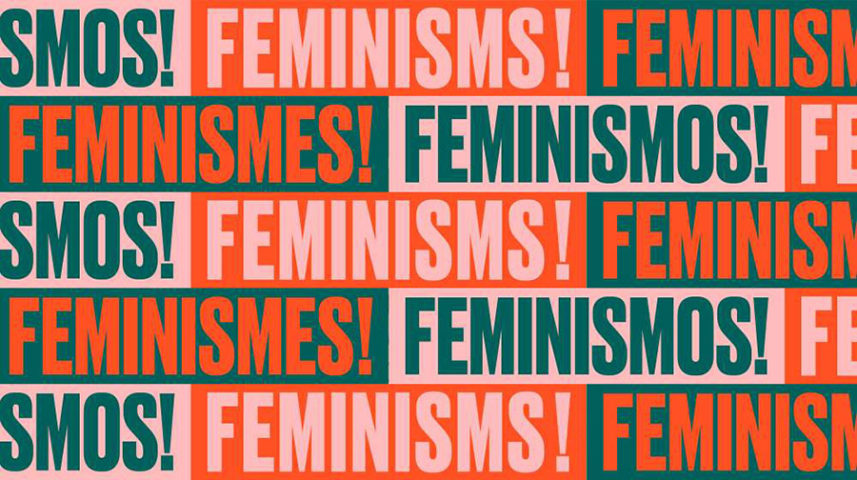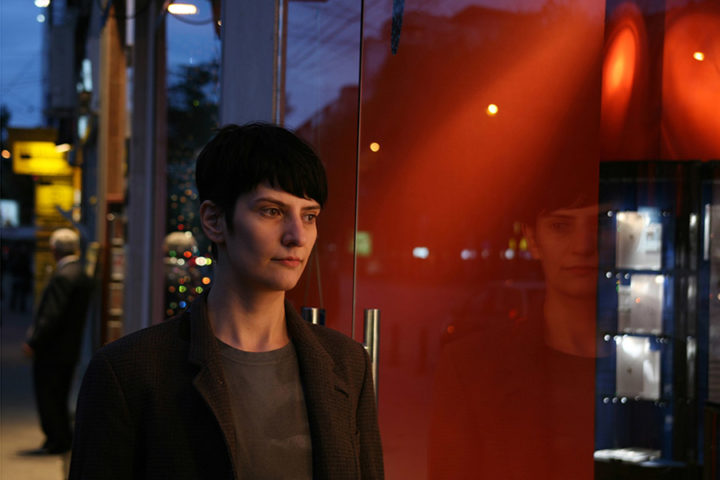Centro Botín, Santander
20/5 – 15/10/2023
Enredos: Eva Fàbregas propone una relación intuitiva y visceral entre las esculturas y dibujos de Eva y una selección de obras de la colección de arte de la Fundación Botín. Los vínculos entre las obras crean un diálogo complejo, a menudo inesperado, en torno al deseo, lo corporal y lo lúdico, pero también lo amorfo, lo atrevido y lo perturbador. Este entrelazado de obras se ha concebido como un organismo vivo, a gran escala, que se adueña del espacio arquitectónico.
Esta exposición es el primer capítulo del nuevo programa expositivo Enredos cuyo objetivo es apoyar a los artistas que han disfrutado de una Beca de Arte de la Fundación Botín y vincularles de nuevo con la colección, el edificio y los públicos.
En esta ocasión, Eva ha seleccionado obras de artistas que, como ella, fueron becarios de la Fundación: Leonor Antunes, Nora Aurrekoetxea, David Bestué, Cabello/Carceller, Asier Mendizabal y Sara Ramo, así como del artista mexicano Gabriel Orozco.
